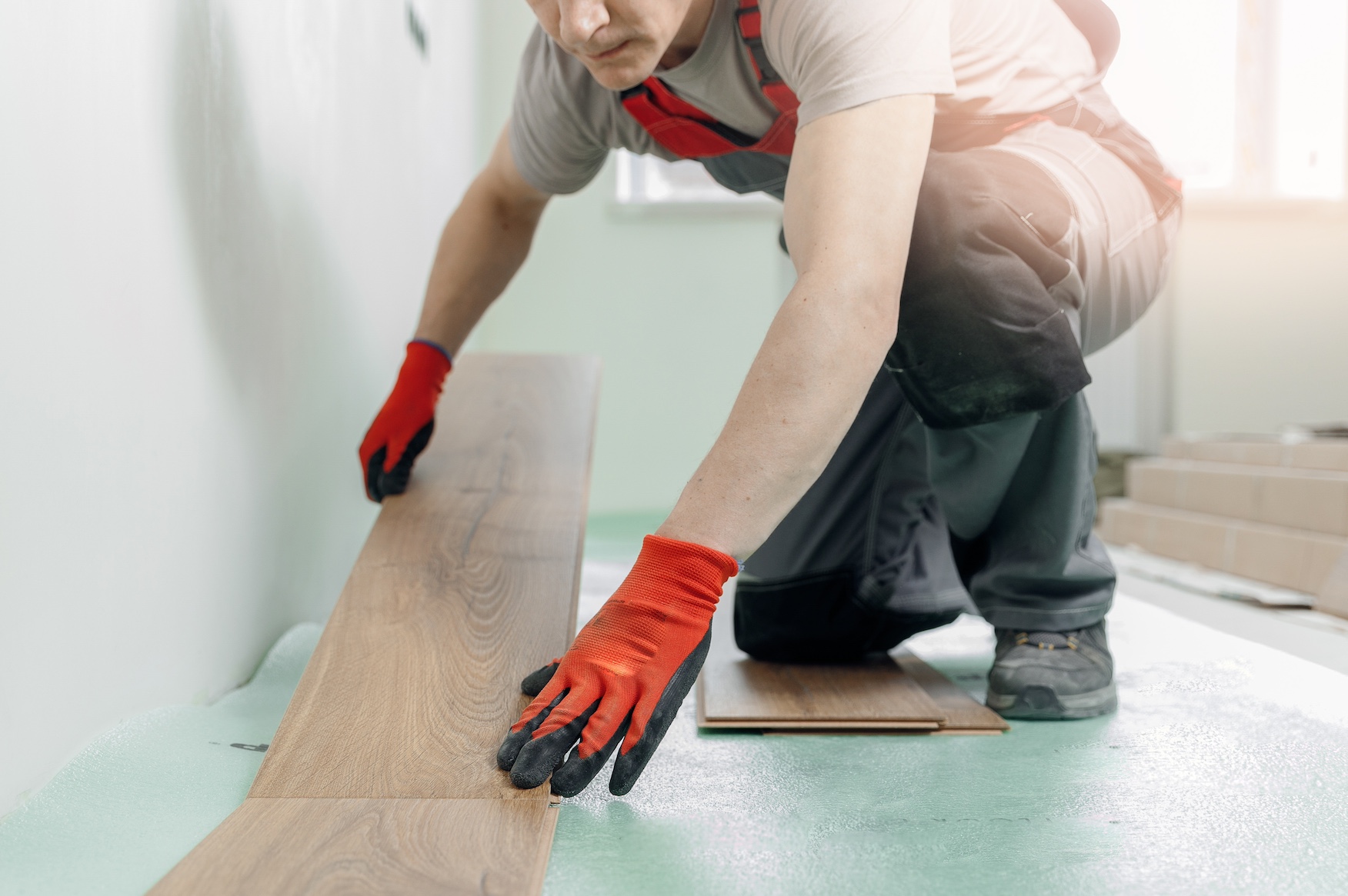
December, 2023
When choosing between luxury vinyl tiles (LVT) and sheet vinyl for office projects, designers should consider several factors, including design flexibility, durability, water resistance, installation complexity, and repairability. Duraflor offers a range of products that cater to these varying needs.
LVT: Offers remarkable authenticity in natural wood and stone looks, with a variety of grains, veining patterns, and hues. It’s ideal for creating bespoke designs due to its flexibility in combining patterns, finishes, and colours.
Sheet Vinyl: Comes with fixed patterns and is available in larger, continuous pieces. While it can achieve a stone, ceramic, or wooden plank finish, it offers less variability and customisability than LVT. It’s more challenging to mix patterns and colours unless pre-printed.
LVT: Generally more durable than sheet vinyl. The manufacturing process of LVT ensures better-bonded layers, making it more resistant to wear and tear. It’s up to five times thicker than sheet vinyl, enhancing its durability.
Sheet Vinyl: While durable, it’s more vulnerable to damage and harder to repair compared to LVT.
LVT: Has seams where water can seep through, making it less ideal for very wet areas compared to sheet vinyl.
Sheet Vinyl: Excels in water resistance due to its large, continuous coverage, which prevents water penetration. This makes it a superior choice for areas prone to moisture, like bathrooms and kitchens, provided the edges and seams are perfectly sealed.
LVT: Easier to install, especially for DIY projects, and more forgiving in terms of correcting mistakes. It’s also easier to repair since individual tiles or planks can be replaced if damaged.
Sheet Vinyl: More challenging to install, particularly in spaces with irregular shapes. Repairing sheet vinyl can be more complicated and labour-intensive, often requiring the replacement of the entire flooring or complex cutting.
LVT: May have a higher upfront cost but can be more cost-effective in the long run due to its durability and ease of replacement.
Sheet Vinyl: Less expensive initially than LVT, but the long-term costs might be higher due to its susceptibility to damage and the complexity of repairs.
In conclusion, the choice between LVT and sheet vinyl should be based on the specific requirements of the office project. While LVT offers greater design flexibility, durability, and ease of repair, sheet vinyl excels in water resistance and initial cost-effectiveness. Duraflor’s range of LVT and sheet vinyl products caters to these varying needs, ensuring that designers can find the perfect solution for their office projects.